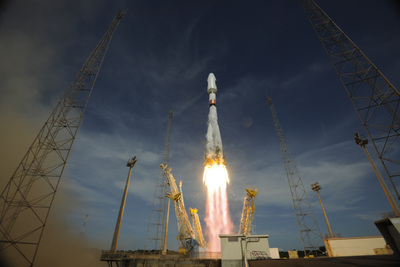Here's the recent geonews in batch mode.
From the open source front:
- MapBox acquired the MeatText mobile social mapping app and is open sourcing the app with MapBox code
- You can now even publish any map you have in ArcMap directly to MapBox from the main ArcMap UI by using the latest Arc2Earth
- James shares an entry named CartoDB and MapBox Fight On
- If you missed the press release, pycsw Receives OGC Compliance Certification and Reference Implementation Status
- There's also a new Open Source Geospatial Lab established at University of Newcastle, United Kingdom
From the Esri front:
- Here's the announcement of the Operations Dashboard and Collector for ArcGIS: "Operations Dashboard provides a common operating picture for monitoring events. Operations Dashboard integrates maps and a variety of data sources to create comprehensive operational views that can include charts, lists, gauges, and indicators which update automatically as underlying data changes."
- Here's an excellent summary of what are Esri GeoDatabases, trying to reduce confusion about it
From the Google front:
- Google invites us to Discover Israel on Google Maps with new panoramic imagery
- Funny, Google felt obliged to explain that a donkey found on StreetView was not hurt by Google's car
- And Google released new imagery to Google Earth today
In the miscellaneous category:
- DM shares an article named Attention Shoppers! aisle411’s Indoor Location App is a Hit with Top Retailers, where you'll learn that "Routing applications are no longer limited to streets. It’s now possible to route customers within malls and other shopping centers, and even within individual stores."
- APB informs us that China Mandates Swapping out other GNSS for Beidou in Commercial Vehicles
- A Microsoft patent for silencing your phone based on where you are, such as in a movie theater
- Bing Maps also added the Elevations API to their REST Services
In the maps category:
- A nice graph and overview maps of which cities will be impacted by sea level rising, Los Angeles and Amsterdam comes next
